Diageo has big plans. They won’t be realised without retailers’ help. So it’s opened a hi-tech virtual reality suite to get them on board. Rob Brown is the first to visit
Yawn. That just about sums up the industry’s view of the drinks aisles in many supermarkets today.
Too often what should surely be one of the most vibrant grocery categories is presented in much the same way as canned veg.
“It’s an area of the store that should be inspiring to consumers but too often it’s disappointing and confusing,” says Andy Adams, Diageo GB grocery channel director.
Diageo wants to change all that. In fact, continued growth of its core spirits brands and the realisation of its grandest ambitions (such as achieving a 10-fold increase in premix cocktail sales by 2016) rely on it. So Diageo has just forked out the largest sum in its history on working with retailers to put the excitement back into the drinks aisles and help the spirits category realise its full potential.
The result of all this spending is Diageo’s first-ever permanent Customer Collaboration Centre, which opened on a West London industrial estate this month. This hi-tech facility uses the latest 3D virtual reality technology and physical layouts to help retailers breathe new life into their drinks aisles.
Between now and Christmas, 50 of Europe’s biggest retailers will pass through its doors. But The Grocer has beaten them to it as the first visitor from outside the company.
To step into the facility is to step into the future of fmcg supply, says Diageo. The centre comprises a central circular virtual reality suite complete with a 3D store layout wall projection connected to rooms laid out to represent a variety of retailers, from supermarkets and convenience stores to bars and airport duty-free stores. The aim is to provide a space in which Diageo can work with retailers to come up with new ways of presenting the category in store.
“Spirits have significant growth opportunities at home across different occasions because people are spending more time at home,” says Adams. “But accessing that opportunity requires doing things differently in-store. We need to make the spirits aisle feel a lot less like just a big row of bottles which is often the way people see it at the moment. This is about inspiring shoppers to put spirits at the heart of these different occasions.”
Within five years premix cocktails which have “convenience written all over them”, says Adams will be worth 10 times the current £50m a year, reckons Diageo. But that’s only if retailers can be convinced to rewrite the rules when it comes to layout.
Premixes may be winning growing shelf space in the supermarkets, with Asda leading the way in this area, according to Diageo, but more needs to be done to cash in on these convenience credentials.
“This growth can only come from getting it in the right place in the store and making sure we get the right visibility,” says Louise Brunt, head of category development at Diageo GB. “It’s been put in with RTD drinks like Smirnoff Ice and WKD and from a format perspective that was an obvious place for it to go. But what’s going to give it the most growth is putting it in the chilled space into ready meals and away from beer, wine and spirits.”
The concept is currently being trialled with Tesco and can be seen in practice at the centre. So too can other initiatives, including digital signage, units that allow shoppers to personalise bottle labels for gifts in-store, point-of-sale marketing and so-called ‘cocktail bays’ counters now in 300 Sainsbury’s stores to bring everything necessary for shoppers to mix the perfect cocktail at home, from mixers and garnishes to recipes and shakers, within easy reach.
For Adams, the centre inspired by similar facilities pioneered by Procter & Gamble and Unilever to develop the health & beauty category with retailers marks the next stage in the evolution of British retailing. “British retailers have been world class at driving operational efficiencies, but there’s room for improvement around encouraging shoppers to drive past one fascia to come and shop at another,” he says. “Each of the retailers is more focused on doing that.”
Diageo’s collaboration centre may be the first for the drinks industry. But it won’t be the last, says Peter Chapman, a director at Kinetic Consulting, who helped develop the centre and a similar Coca-Cola Enterprises facility back in 2009.
“The world has changed,” he says. “Ten years ago suppliers would go to market by doing a big television campaign and retailers were something you had to manage. Retailers are getting more and more powerful so today collaborating with them is ever more important.”
Tomorrow it will be even more so.
Sign in to comment on this article
Not logged in before? Register for FREE guest access today.
You will be able to:
- Read more stories
- Receive daily newsletters
- Comment on stories
Advert





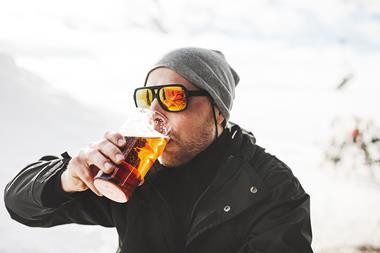

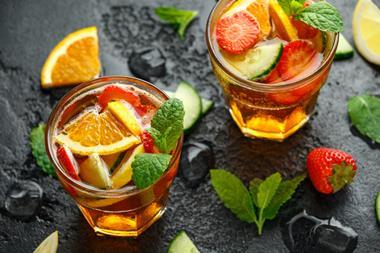
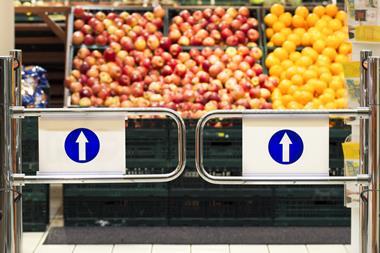

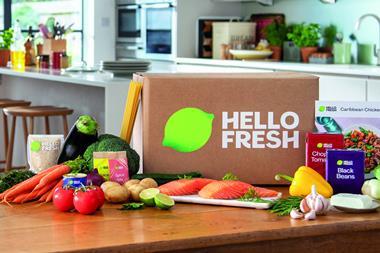

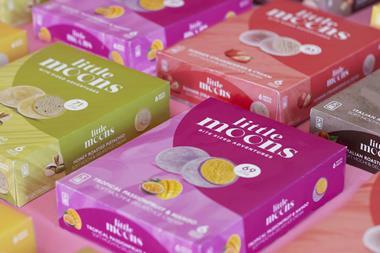
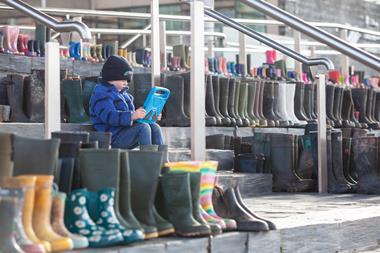
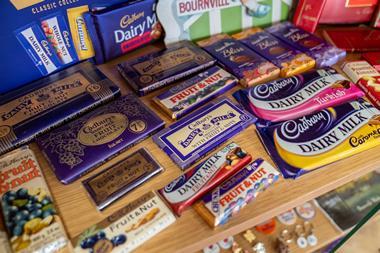
No comments yet